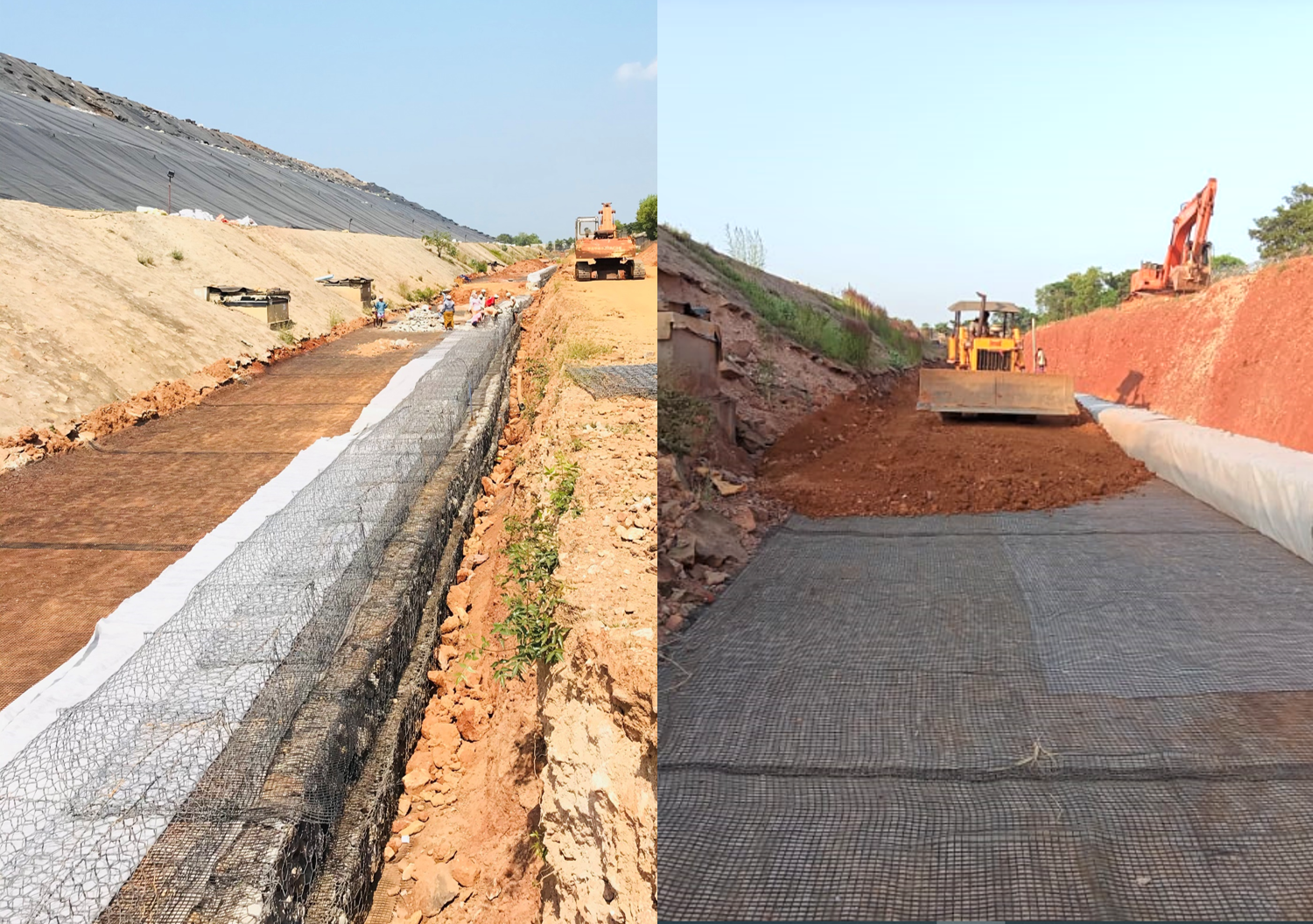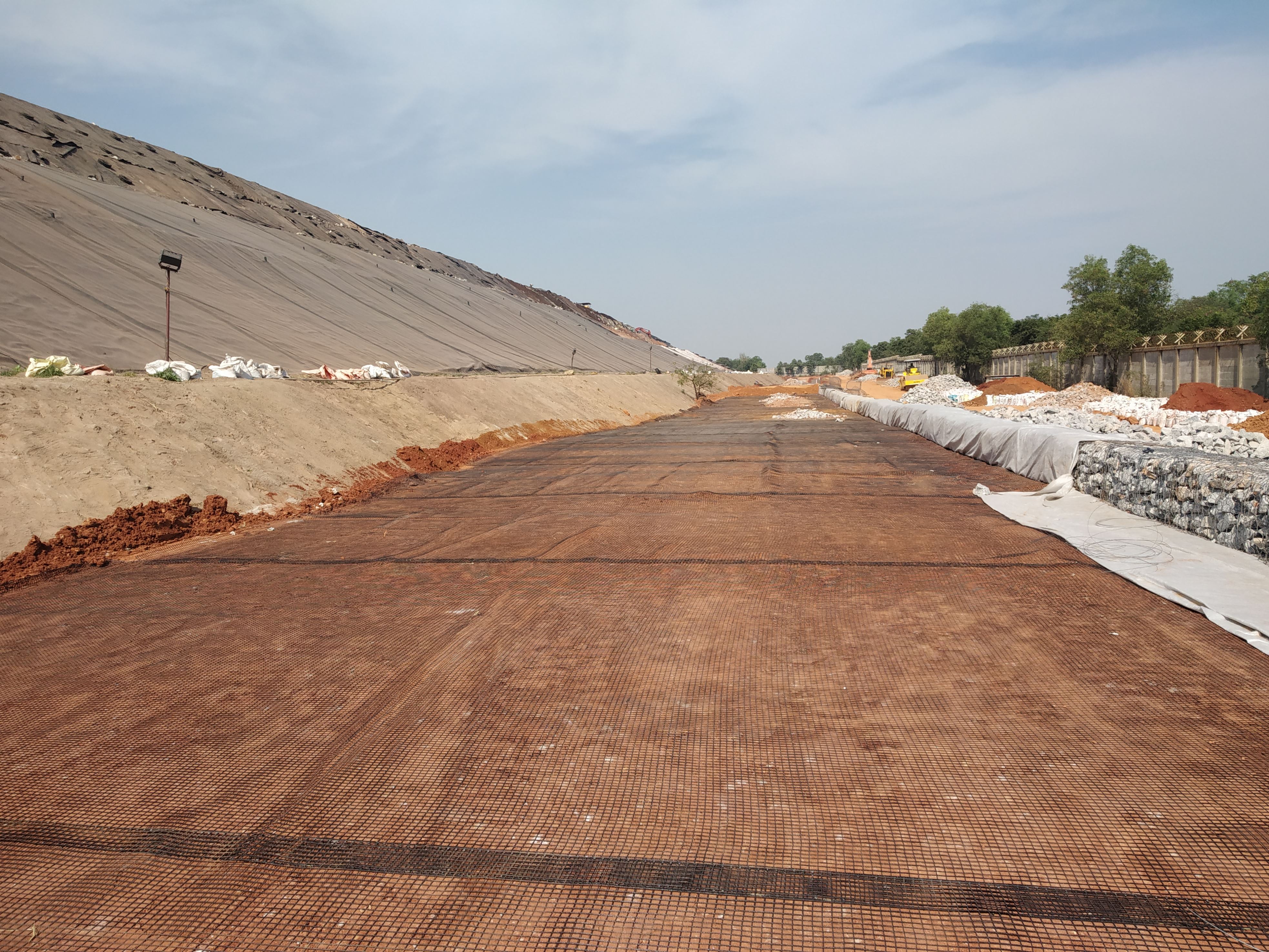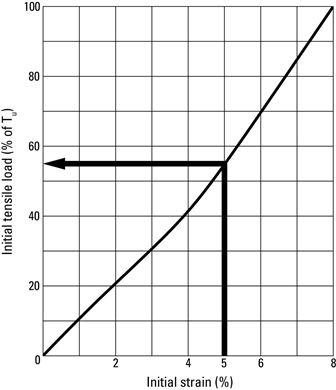The Story of New Age Landfills
By Nanda Kishore

Welcome to our blog space where we share our insights and experiences in civil engineering and geosynthetics. We feature bite-sized articles for quick and easy consumption
Engineered Landfills refers to “A method of disposing refuse on land with out creating nuisance or hazard to public health or safety, by utilizing the principles of engineering to confine the refuse to the smallest practical area, to reduce it to the smallest practical volume” as defined by American Society of Civil Engineers.
It is evident from the above definition that landfills design centers around space optimization and volume optimization.
Early Designs
The initial version of designing engineered landfills was more focused on identifying a suitable land, which can be at an elevated ground located at a reasonably accessible location away from habitants. Further, the designs focused on the barriers to prevent contamination of ground water and the provision of effective drainage and treatment of leachate.
Cause and Effect
The economic boom in emerging economies has witnessed rapid influx of people into urban centres and posed several challenges to manage within the available infrastructure. The former rural centres are not buzzling semi-urban centres with skyrise commercial hubs and financial district etc. This growth phenomena have exposed inadequacy of existing civic infrastructure including municipal solid waste landfills in place to handle such growth and skewed the degree of economical asymmetry and thus resulting in increased cost in land and labour. Gurugram, a suburb location of New Delhi, India, is a typical example.
Need for Landfill Capacity Enhancement
The existing landfills which were designed for 20 years have reached full capacities by around 50%-60% of their design lifetime. This necessitated the ramping up of additional landfill capacities to meet the ever-growing demands of the population.
Cost/Benefit Perspective
The landfills are mostly operated based on a long-term build-operate-maintain models with respective civil authorities governed by regulated prices and periodic price escalations capped to real inflation. In this scenario, adding additional landfill capacity by constructing a new facility in the adjacent location has huge cost disadvantages due to soaring land prices.
New Age Landfills: The Way Forward
The landfill operators prefer to increase the height of the existing landfill which immediately offers the landfill additional capacity as compared to acquiring a new landfill which often renders the project unviable.
Landfill height augmentation requires additional supporting structure built from the outer bottom edge of the existing bund or from a stable point which can become the foundation of the new structure. The structure shall be designed to safeguard the stability of the landfill and keep the whole landfill system functional without risks of breakdown to the landfill barrier system.
This is a landfill in India where greater capacity was created by raising the existing landfill height. This lessens space consumption and saves costs while creating the additional capacity required.

Upon thorough evaluation of all available options, reinforced soil slopes designed with soil reinforcement having characteristic strength @ < 8% elongation, high tensile stiffness and guaranteed long term design strength ideally offers the optimum solution for its tangible benefits which includes lower cost model, quicker payback period, lower maintenance and more. Other performance drivers such as flexibility and seismic resistance makes it the most preferred option. TenCate Miragrid® GX with high tenacity as its core strength certainly fits the bill.
Reinforced soil slope designed for the required height is indeed an excellent way of supporting a surcharge load of additional waste and a viable option to consider in landfill applications.
Initial tensile load - strain master curve for Miragrid® GX geogrid
Miragrid® GX geogrids are used for a number of important soil reinforcement applications in landfill facilities where it is necessary to support tensile loads and limit strains. Contact us if you would like to know more about the technical aspects of Miragrid® GX geogrids in landfill facilities.





